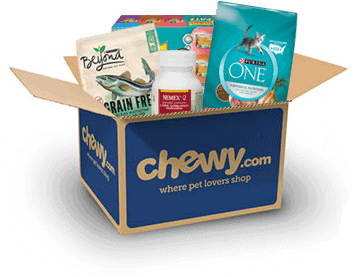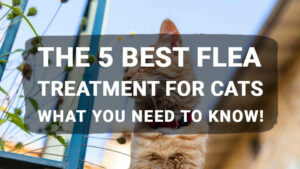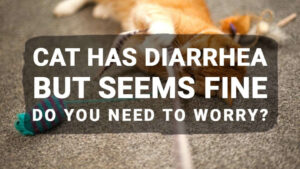If you’re a cat owner, you know how much they love to graze all day long. They can fall into a predictable pattern of sleep, eat, litter box…. Sleep, eat, play for 5 minutes, litter box… sleep… you get the picture.
Like humans, cats are habitual creatures and they may go to their food dish purely out of habit rather than real hunger.
Cats who are overweight are susceptible to various health conditions, such as diabetes, heart conditions, worms in cats etc. Essentially, they can suffer the same fate that humans can suffer from when obesity becomes an issue.
When it comes to feeding your cat a balanced and healthy diet, there are several things to consider:
Dry vs. Canned food
Most vets recommend giving your feline a mix of dry and wet food. Cats are not big on water, and if they have a diet that consists of mainly dry food, they may not get the level of hydration they need.It could also depend on how many teeth do cats have in order for them to chew food easily and be hydrated.
Wet food mixed in with their dry offerings will help keep them properly hydrated throughout the day. If they can save time by not having to drink too much water, they can fit more naps into their day!
Kittens

Kittens can start eating ‘real’ food at about 3-4 weeks and are usually completely weaned from mother’s milk by about 8 weeks. Proper nutrition is critical at this point, as your little fur ball continues to grow at lightning speed! They need food that is specially formulated for kittens and will help them grow.
Many professionals recommend feeding your kitten 3 times a day – morning, noon and night. Read the suggested serving size on the package of food, and divide that by 3. Try to stick to the same daily schedule to help you monitor how much they’re eating.
Cats
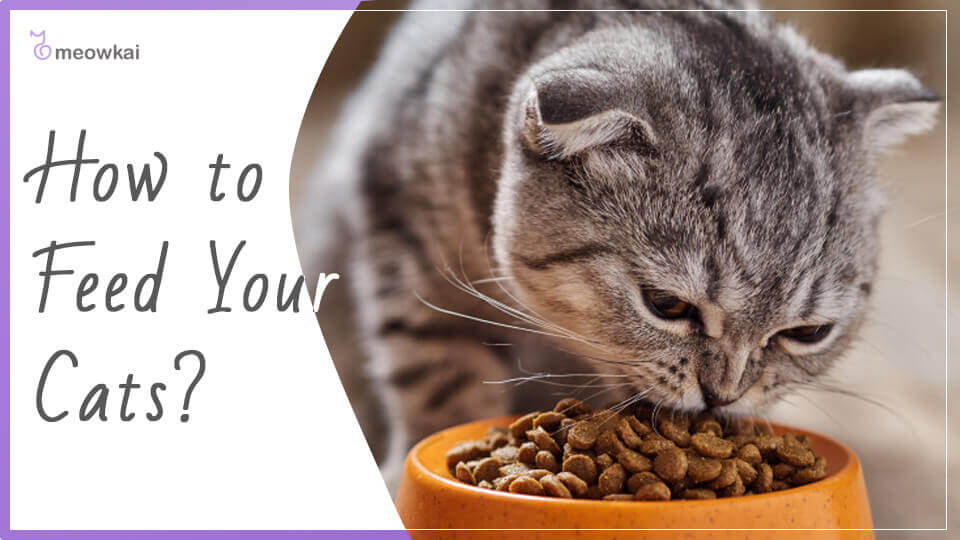
Typically, cats need 30 calories per pound; so an average 8-pound cat would need 240 calories per day. Generally, dry food contains 300 calories per cup and wet food contains approximately 250 calories per 6 oz. can.
So, using the same 8-pound cat as an example, he would need 4/5 cup of dry food, or an almost full can of wet food. You can mix the two together depending on how much wet/dry food your feline likes better.
Free feeding vs. Timed feeding
For adult cats, you can spoon the days’ worth of food into the dish and let them graze as they wish. This may be a good option especially for old cat not eating and if you’re gone all day. Depending on your cat, though, they may be likely to eat everything at once, and then become hungry later on. If you feed them more, this will raise the risk of them gaining weight and becoming obese as they age.
Another option would be to use an automatic cat feeder. There are many different styles and designs on the market. Whether you have one cat or several, an automatic feeder can help ensure that your cat gets the food they need, when they need it. You can even have the feeder call their name! There are slow-release feeders, to ensure that your cat doesn’t eat too fast; and there are feeders that accommodate wet foods as well.
Puzzle ball feeders can also work very well, because it encourages active play. Your cat LITERALLY has to work for their food! Plus, it can provide entertainment for you as well. Who needs television when you can watch your cat try to get his dinner?
Treats
Treats can be given every day, as long as the portions are controlled. The best treats are those that do double duty – fight plaque and clean teeth, for instance. There are many brands on the market, and you may have to experiment to find out which one your cat likes best.
Giving them the right nutritional balance
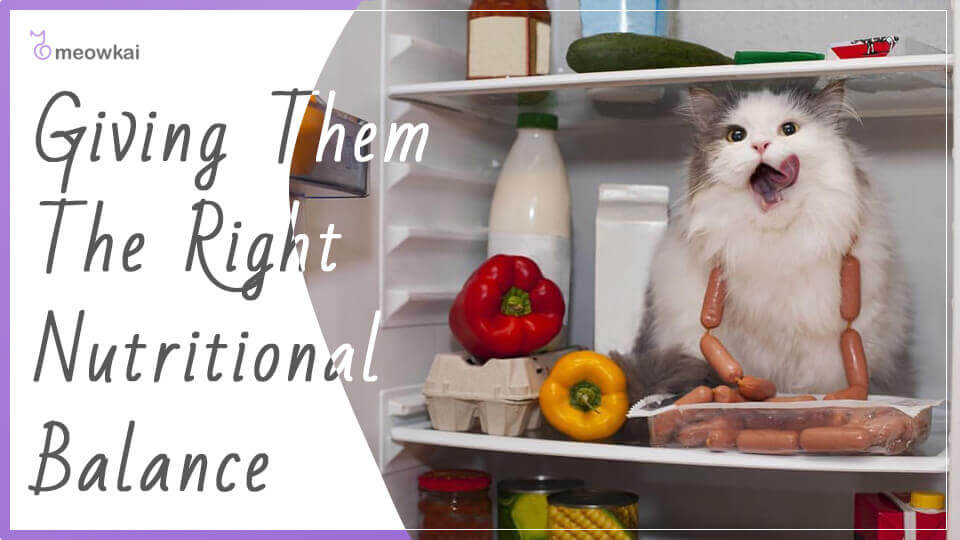
Cats are predators – they cannot live on a diet of corn, soy, wheat, rice and veggies. They need their diet to be made up of meat and protein. Chicken, tuna, salmon and beef are all good choices. When you purchase cat food, make sure that meat (not meat by-product) is the first ingredient listed on the label.
Ask your veterinarian for his/her recommendation on the best brand. Yes, you will probably pay a bit more for it, but isn’t fluffy worth it? Also, think of the money you’ll save on vet bills because you won’t have to treat their diabetes, arthritis, etc.
This is just a guideline; like most pet issues, your veterinarian is the best source of information and advice. Ask them what type of food they recommend, how much to feed your cat, and whether they recommend free feeding, timed feeding, or automatic feeders.
Do have any advice when it comes to feeding your feline? How to you keep them healthy? Give us your tips and ideas, we’d love to hear them!

